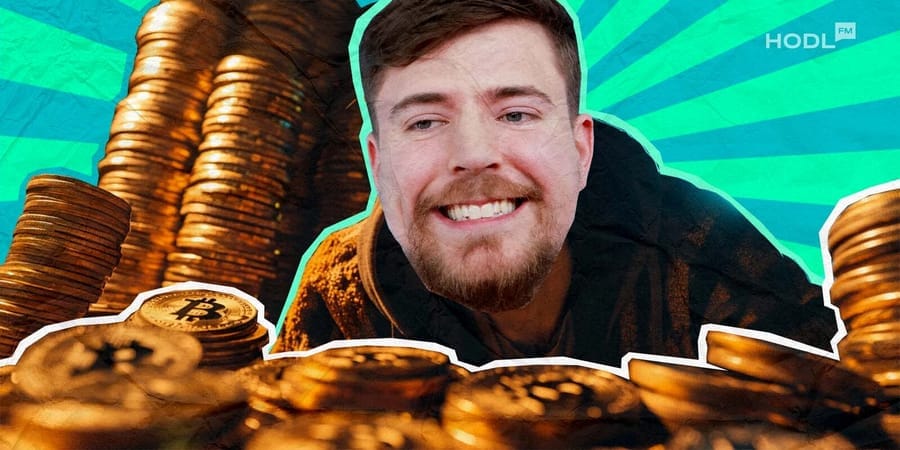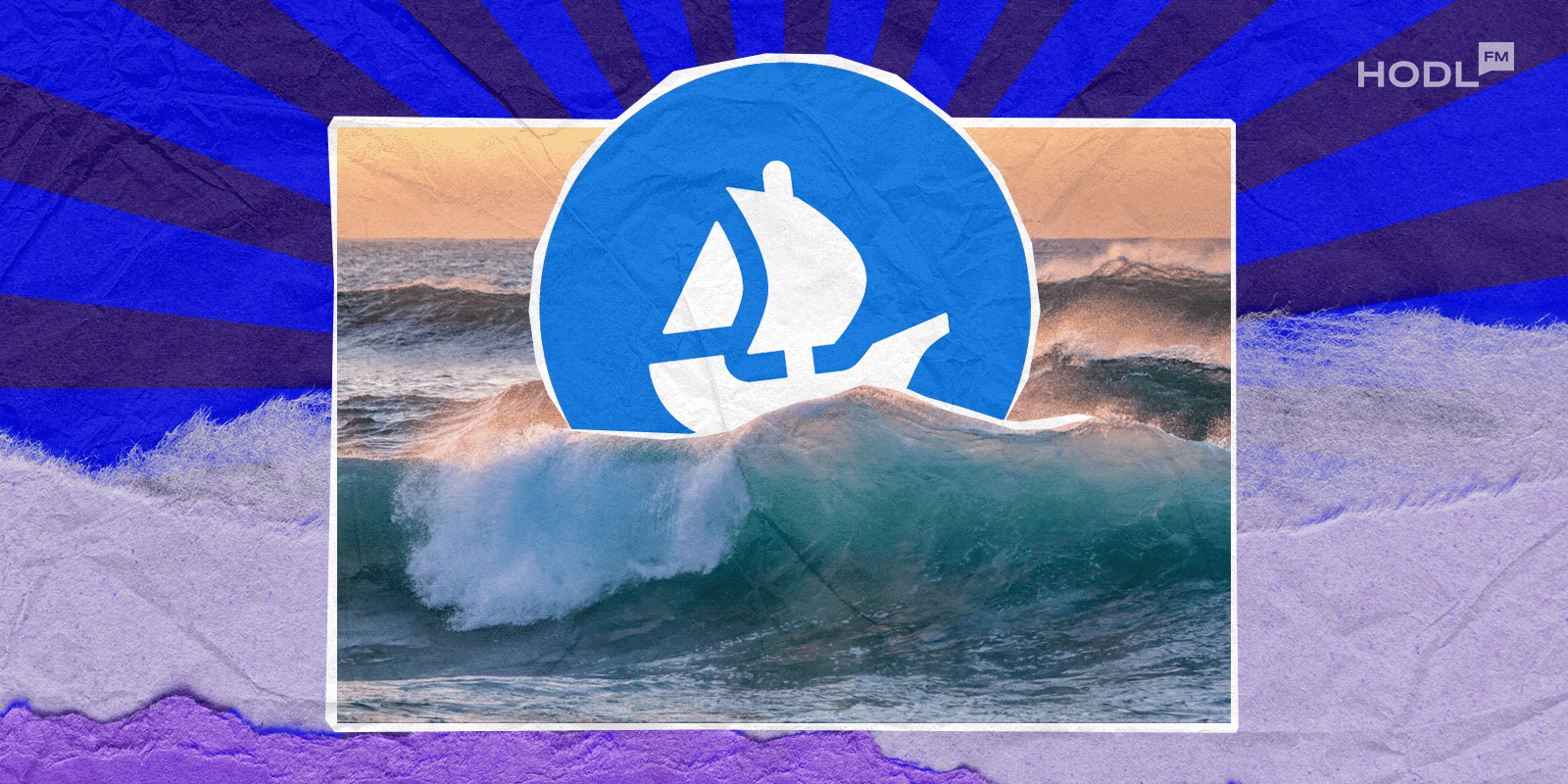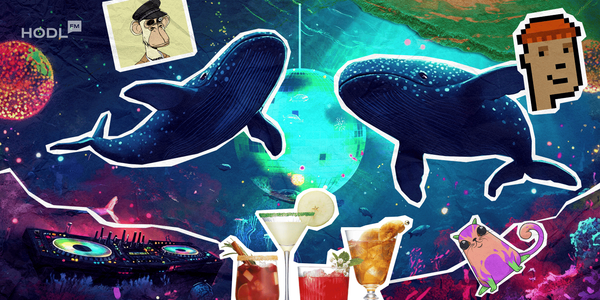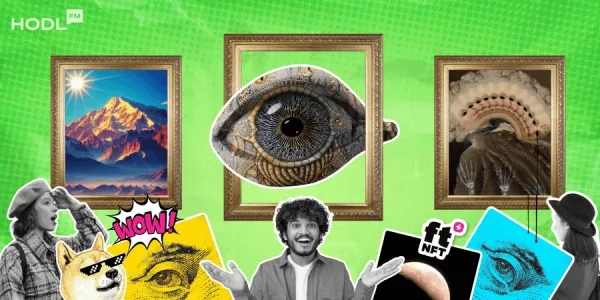OpenSea, the world’s largest non-fungible token (NFT) marketplace, is entering a new chapter in its evolution. CEO and co-founder Devin Finzer has announced that the platform will no longer focus solely on NFTs but will expand its scope to “trade everything” onchain, encompassing tokens, art, culture, and even real-world assets. This transformation pairs with the long-awaited launch of OpenSea’s native token, SEA, set for the first quarter of 2026.
From NFT marketplace to onchain economy hub
Founded in 2017, OpenSea rose to prominence as the central marketplace of the NFT boom. It currently holds over 55% of the NFT market share, according to data from NFTScan, with $2.6 billion in trading volume recorded this month alone.
In a post shared on X, Finzer reflected on the company’s past and future:
“NFTs were chapter one for us. The sequel is the destination for the onchain economy in its entirety. Trade everything.”
OpenSea crossed $2.6B in trading volume this month, with over 90% from token trading.
— dfinzer.eth | opensea (@dfinzer) October 17, 2025
This is just the beginning of our transformation, from “NFT marketplace” to “trade everything.”
NFTs were chapter one for us. In 2021, OpenSea brought the first wave of everyday internet users…
Finzer explained that by “everything,” he means tokens, culture, art, ideas, and both digital and physical assets. OpenSea aims to offer a one-stop environment where users can seamlessly trade across multiple ecosystems, without dealing with the friction of bridging tokens, juggling multiple wallets, or switching protocols.
The company’s overarching vision is to make OpenSea feel like “a home, not a bank”, a reflection of a user-first approach to the next wave of Web3 trading.
The SEA token: community-driven and fully integrated
As part of its transformation, the OpenSea Foundation will launch the SEA token in early 2026. Finzer emphasized that SEA is not a symbolic token release, but the foundation of OpenSea’s new integrated ecosystem.
Half of the token’s supply, 50%, will be allocated to the community, with a large portion distributed through an initial claim. Longtime users, “OG” community members, and participants of OpenSea’s previous rewards programs will receive separate rewards.
Finzer added that OpenSea will direct 50% of its revenue at launch toward buying back SEA tokens, signaling a strong commitment to supporting the token’s value and long-term sustainability.
The SEA token will also enable staking functionality, allowing users to stake their tokens behind favorite projects or collections. This model could serve both as a governance mechanism and as a way to incentivize active participation in the platform’s ecosystem.
Mobile expansion and perpetual futures next in line
OpenSea’s platform overhaul includes the development of a mobile application, which is already in closed alpha testing. Finzer said the app is designed to bring both new and veteran users a smoother onchain experience.
Furthermore, the company is exploring perpetual futures trading, a fast-growing segment in decentralized finance (DeFi). Although still in its early stages, this feature would allow OpenSea to expand beyond spot trading and NFTs into continuous derivatives markets, an area currently dominated by platforms like Hyperliquid and Aster.
Finzer noted that integrating these functions will make OpenSea “the destination for the onchain economy in its entirety,” offering users the convenience of trading multiple asset types on one familiar platform.
A bold comeback for OpenSea
The announcement comes at a time when OpenSea is regaining momentum after a challenging period marked by fierce competition and declining NFT hype. Despite past controversies and market downturns, the platform’s activity has surged again, registering its strongest trading month in three years.
Currently handling the majority of trading volume on Ethereum-based NFTs, OpenSea is now positioning itself as a multi-chain trading aggregator that blends token swaps, digital collectibles, and upcoming DeFi features under one roof.
OpenSea’s vision for the next phase of Web3
OpenSea’s shift underscores a growing reality: the lines between NFTs, DeFi, and tokenized assets are increasingly blurred. Finzer’s message to the community signals that the platform’s next iteration isn’t just about expansion, it’s about integration.
By combining community ownership through SEA, a mobile-first user experience, and advanced trading features like perpetual futures, OpenSea is positioning itself to lead the next wave of the onchain economy.

Disclaimer: All materials on this site are for informational purposes only. None of the material should be interpreted as investment advice. Please note that despite the nature of much of the material created and hosted on this website, HODL FM is not a financial reference resource, and the opinions of authors and other contributors are their own and should not be taken as financial advice. If you require advice. HODL FM strongly recommends contacting a qualified industry professional.





